Key Features:
1. Wide Frequency Range (50 kHz to 900 MHz)
- The device operates across a broad frequency range from 50 kHz to 900 MHz, allowing it to measure various RF components and systems, including antennas, filters, cables, and amplifiers.
- This frequency range is ideal for low-to-mid frequency RF testing, including applications in wireless communications, ISM bands, amateur radio, and signal integrity analysis.
2. Portable and Compact Design
- The handheld design makes this VNA lightweight and portable, perfect for field measurements, on-site diagnostics, and remote locations where traditional benchtop VNAs might not be practical.
- Its compact size allows engineers and technicians to perform quick measurements without the need for bulky, stationary equipment.
3. Vector Network Analysis
- The VNA measures the magnitude and phase of the network’s response to the input signal, providing important insights into the network’s impedance, reflection coefficients, transmission characteristics, and other key parameters.
- It can analyze S-parameters (scattering parameters), such as S11 (reflection) and S21 (transmission), which are critical for understanding the performance of RF circuits, antennas, and cables.
4. Digital Display with Real-Time Data
- The device features a high-resolution digital display that presents the data in various formats such as Smith charts, magnitude/phase plots, and S-parameter graphs.
- The real-time display allows for quick, accurate analysis of network behavior, with the option to zoom into specific frequencies or adjust measurement scales for clarity.
5. Easy-to-Use Interface
- The user interface is designed for simplicity and ease of use, featuring menu-driven controls and touchscreen options (if applicable), making it intuitive for both experienced engineers and beginners.
- Quick measurement modes allow for fast setup and easy switching between different measurement types.
6. Wide Dynamic Range
- The VNA typically offers a wide dynamic range, allowing it to measure both very weak and very strong signals accurately. This makes it suitable for various applications, including the testing of low-noise components and high-power RF devices.
7. Built-in Calibration and Automatic Calibration Functions
- The device often includes automatic calibration features to ensure accurate measurements across its entire frequency range.
- Some models allow for manual calibration as well, ensuring flexibility for different measurement setups and conditions.
8. Data Storage and Export
- The built-in memory can store measurement results for later reference, which is useful for tracking progress or comparing results from multiple measurements.
- It may offer data export options via USB, SD card, or Wi-Fi, allowing users to transfer measurement data to a computer or cloud storage for further analysis.
9. Battery-Powered Operation
- The portable design is powered by an internal rechargeable battery, allowing the device to be used in field applications without needing a constant power supply.
- Battery life is typically long enough for extended field work or lab tests, with low power consumption to prolong operation times.
10. Versatile Measurement Modes
- Reflection measurements (S11): To measure impedance mismatches, return loss, and reflection coefficients.
- Transmission measurements (S21): To analyze insertion loss, transmission coefficients, and gain/loss characteristics.
- VSWR (Voltage Standing Wave Ratio): To assess impedance matching and performance of cables, antennas, and other RF components.
- Impedance and Phase Analysis: Essential for accurate tuning and troubleshooting of RF circuits and networks.
11. Rugged and Durable Construction
- Many handheld VNAs are built to withstand harsh conditions. With durable casings, some models are shock-resistant, water-resistant, and able to endure environmental stress, making them suitable for outdoor testing in rough environments.

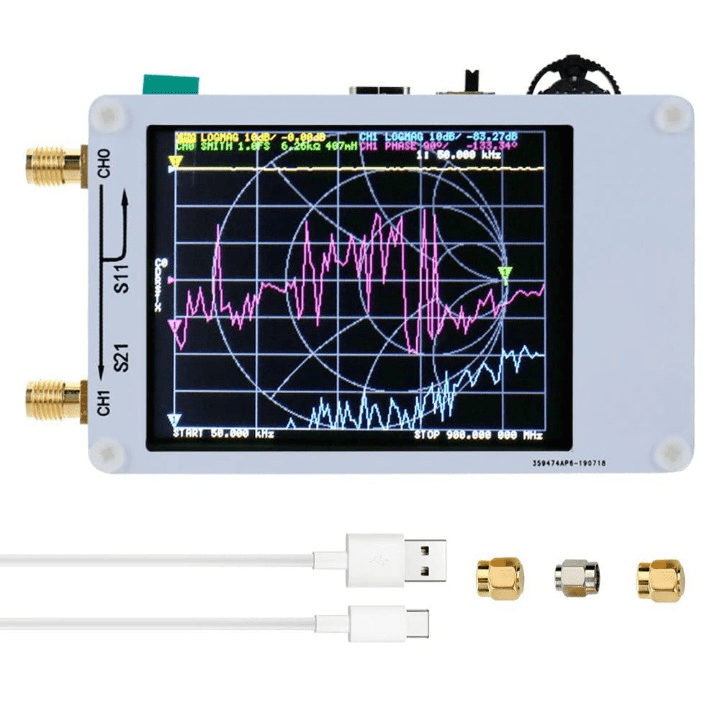

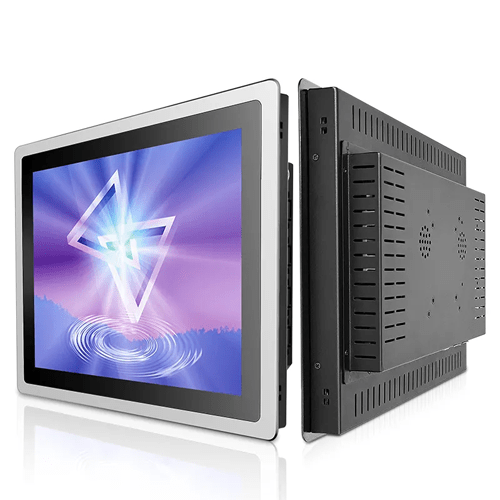



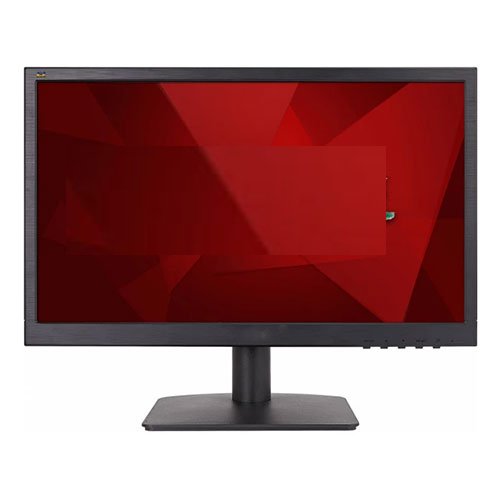
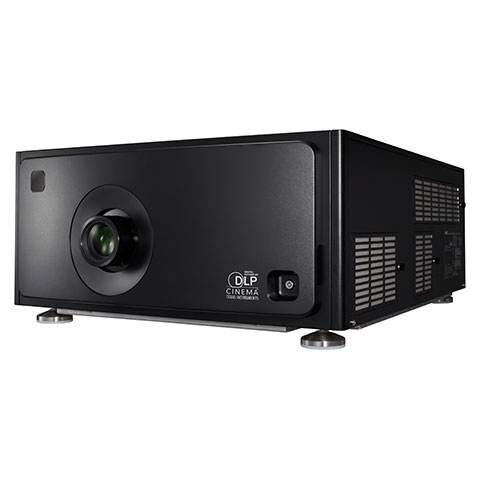
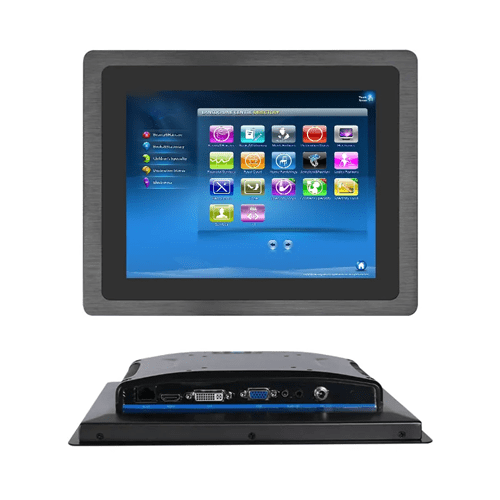
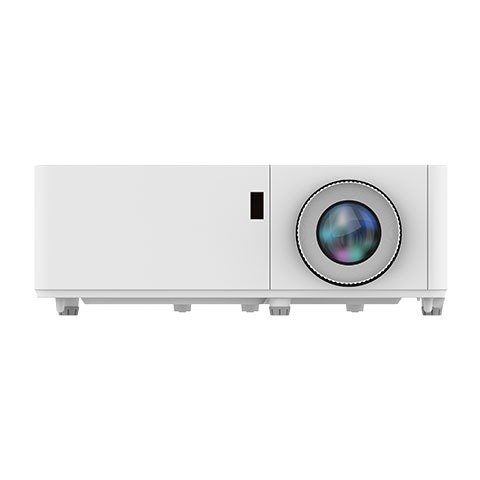


There are no reviews yet.